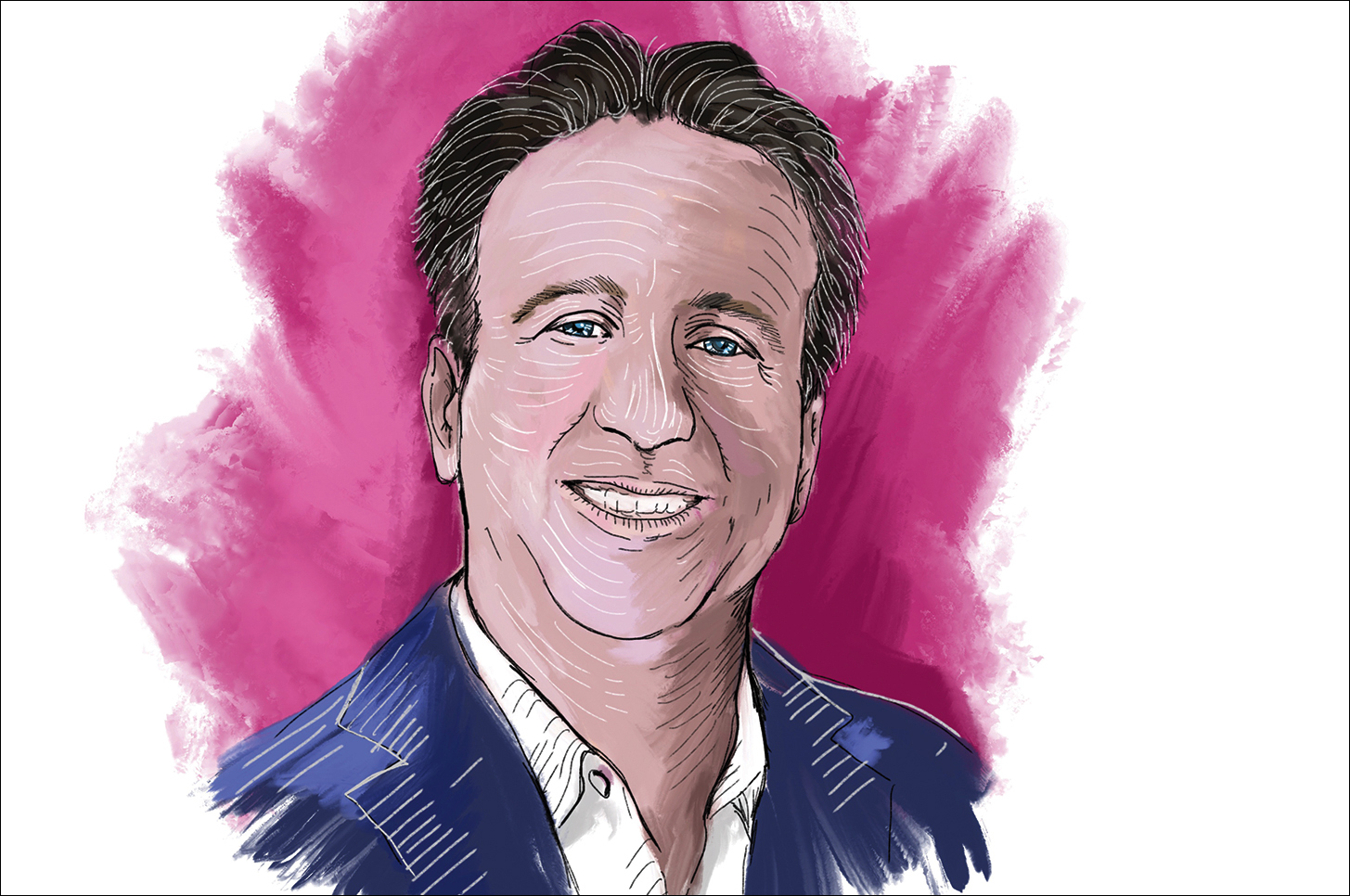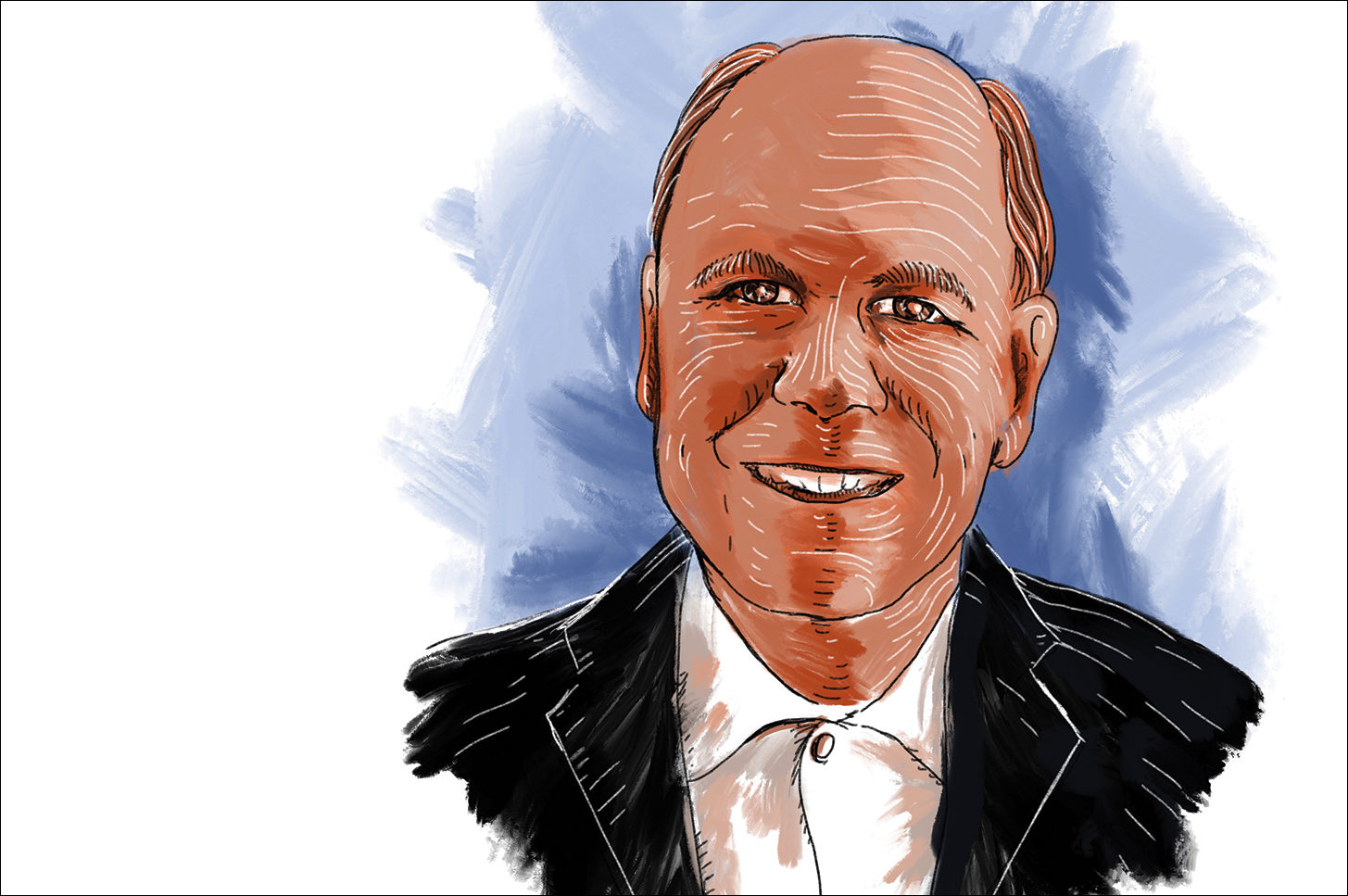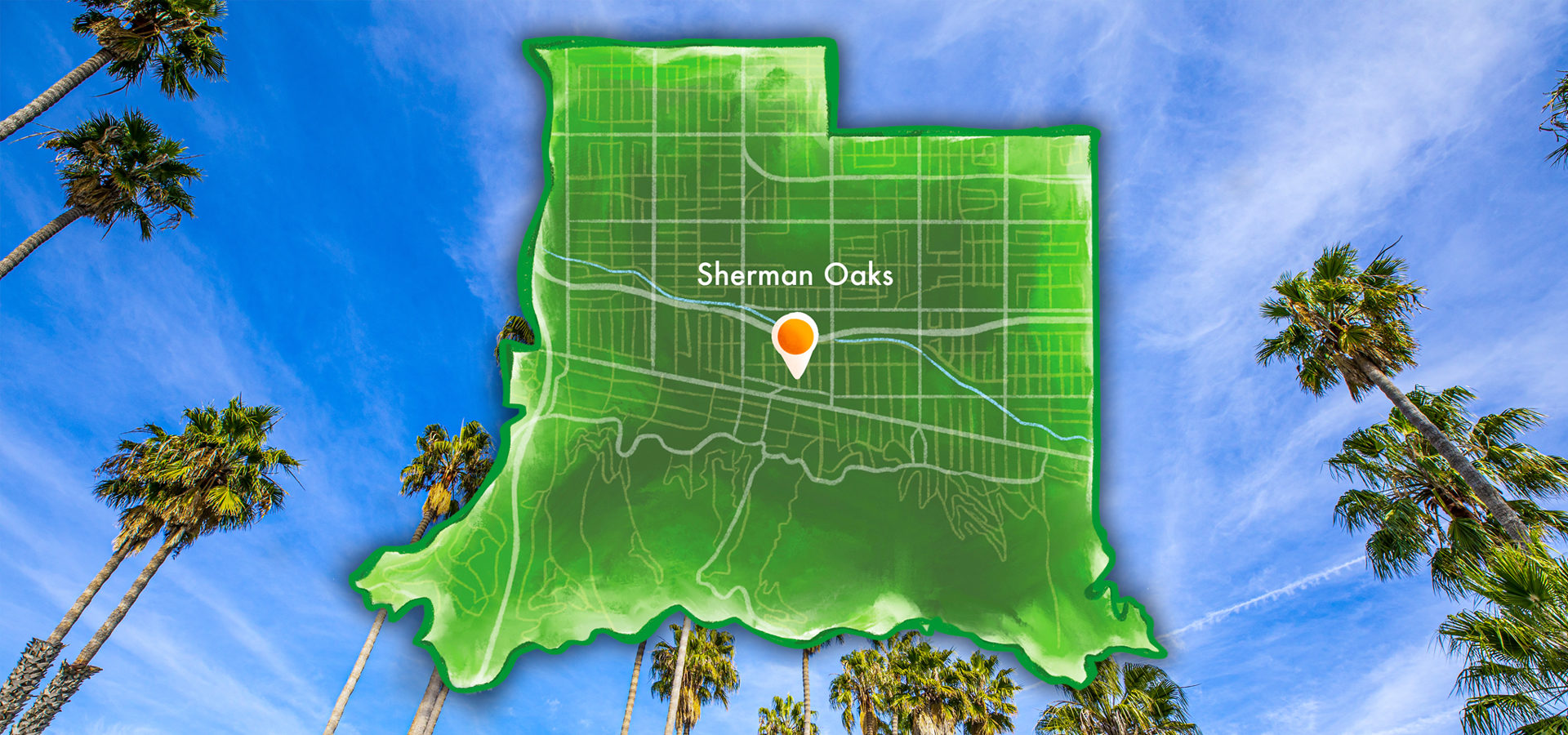When SOHA president Richard Close died in January, he left big shoes to fill. He’d been president of the Sherman Oaks Homeowners Association for more than 40 years. With a membership that reportedly includes 3,000 people, it is one of the most powerful homeowners associations in the LA area.

“SOHA is an organization that just doesn’t take no for an answer, and we’ve won some huge battles. Elected officials know that we’re not a pushover group of folks who simply accept their stump speech.”
—MATT EPSTEIN
Matt Epstein, a local realtor who was SOHA’s VP for 28 years, now takes over as president. Bob Anderson, a retired aerospace engineer who had chaired SOHA’s transportation committee and was on the board, takes on the role of VP. Here VB editor Linda Grasso talks to the new leaders about some of the topics on their agenda.
Let’s start with affordable housing. Senate Bills 9 and 10 have passed already. You guys don’t like the direction that those bills are taking us in. Why?
BOB: SB 9 and SB 10 take away local control. They’re purported to be bills that will increase affordable housing. But though they do talk about affordable housing, they never actually require any affordable housing. There are no minimums or percentages included. It’s called trickle-down housing. The idea is if you build enough housing, there will eventually be enough affordable housing. So you let developers build and build, give them all sorts of ways to do it on existing properties (like apartment buildings on existing single-family properties or multiple units), and hope housing prices will eventually drop because there’s too much supply. It is not going to work. It’s flawed thinking, because developers are smart. They won’t put themselves into a situation where housing prices are going start to drop and they can’t make money. They are not going to continue to build housing, so you’ll never reach the point that housing prices will drop. And if you do, it’s going to take 25 years. That won’t help today.
That leads us to AB 1910, which would provide incentives to businesses or landowners who enter into a development agreement to convert golf courses into housing and publicly accessible open space.
MATT: We oppose it because it’s allowing housing to be built on public golf courses, which are there for a reason. We have very little public open space in Los Angeles, and to take some of that away, removing the greenery and the trees and everything else, is unthinkable. These are places where people who are not wealthy, who don’t belong to a country club, can go and play a round of golf.
What are some other options for affordable housing space?
MATT: There are lots of properties around that are city, state, or county owned that could be used for other things. For example, on Sepulveda Boulevard, just north of Oxnard where the Orange Line is, there is a Metro parking structure. There’s a big lot there behind LA Fitness. It’s huge, and not many people park there to use the Orange Line, so they rent it to automotive dealers to store new cars. If you look at the Metro lot next to the Orange Line at Van Nuys Boulevard, there are three sections of the lot. They rent part of that lot too. So that’s another option.
Let’s shift to Metro’s Sepulveda Pass transit. There are six proposals currently under consideration. You guys believe that, with some modifications, three of them might work for the Valley.
BOB: Metro is studying six final alternatives. The only ones we can afford are alternatives 1 or 2. Some people don’t like these alternatives because they’re monorails that run above the 405 freeway, so you’d see them. But they’re affordable. They have a little higher capacity than the heavy rail alternatives, or about equal. And they can be built much more quickly. Alternative 3 is a monorail on the 405, but it would go under UCLA and give them a station. But that would cost an additional $2 to $3 billion. You have to think about that. If you don’t have that money, where does it come from? The heavy rail alternatives 4, 5 and 6 cost at least twice as much as Metro’s budget.
As long as I can remember there’s been talk about a subway or rail coming through the Valley. Nothing concrete ever happens. Why should people here tune in to the discussion?
BOB: Because we don’t want something to happen like Metro alternative 4. That would be a subway on the Westside that goes under UCLA and would give them their own station. Then it goes under Bel Air and Sherman Oaks, coming out of a huge tunnel where Valley Vista and Sepulveda Boulevards meet—right there next to the 405 freeway near Whole Foods. The 40- or 50-foot diameter tunnel would require eminent domain of many houses and exit that hill some 30 feet in the air, running the elevated heavy rail trains above Sepulveda for 5 miles. It would knock out two lanes of traffic on Sepulveda, running next to apartment buildings and homes. These are not like those cute little light-rail Expo Lines you see in Santa Monica.
MATT: These are Red Line kind of subways. They run about every minute and a half in both directions. You’re going to hear that all day.

“All the propeller planes are using leaded fuel, polluting the hell out the Valley. We are breathing the air that these planes are dumping in our neighborhoods.”
—BOB ANDERSON
Matt, I know in the past you’ve said you don’t think city officials have enough consideration for the Valley.
MATT: That’s true. Do you know how many subway stops there are in the Valley where we have a population of 2 million? There’s one in Universal City and one in North Hollywood. The entire San Fernando Valley has two subway lines. The majority of Assembly members and senators don’t fight for the Valley and have little regard for our quality of life.
Airplane noise and traffic is a big concern here. The other day I was visiting a friend in Encino just north of the Boulevard and honestly it was terrifying how low a huge jet flew overhead. It was as if you could reach up and touch it.
MATT: The door keeps getting slammed in our face. The reality is Whitman, Camarillo and Santa Monica Airports are all being shut down. All the traffic is going into Van Nuys Airport so that the superrich can fly their private jets. There’s zero control over that. The Bob Hope Airport in Burbank is the exact same thing. It is owned by the cities of Burbank, Pasadena and Glendale. They get all the profits and revenues, and zero flights go over their properties. There have been all these studies that show you can safely fly over those cities, but they won’t do it because they don’t want to upset their constituents. The fact is that you’ve got huge lobbying efforts by flight companies and large sums of money being spent on greasing politicians, so they just look the other way.
Doesn’t all of this break FAA rules and regulations?
BOB: The FAA mission statement is to make flying safe and efficient and has nothing to do with the people on the ground. They occasionally change some of the routes depending on who is complaining, but the FAA doesn’t have to hold any public hearings. They don’t have to have environmental impact statements. They don’t really care about the people on the ground.
MATT: The answer here is holding politicians accountable. Unfortunately, we haven’t. We’ve got Congressman Brad Sherman and Assemblymember Bob Hertzberg— guys who have been in there for years and years and say we’re gonna do something. And they do nothing. No one actually deals with the problem. We need to hold politicians accountable or vote them out.
BOB: Also, there isn’t an unleaded gas station at the Van Nuys airport. So all the propeller planes are using leaded fuel, polluting the hell out the Valley. We are breathing the air that these planes are dumping in our neighborhoods.
You have an older constituency. Over the past couple of years, we’ve seen a lot of young families move into the Valley. How will you incent them to get involved?
MATT: Our board talks about that all the time. We constantly reach out. We would love to get a younger, active membership and board participation. But the reality is, a lot of these younger people don’t engage. They complain, but they are not willing to step up, do the work and do what it takes to fight.
BOB: I walk around my block every day and I bump into a lot of younger people. I tell them about all the stuff that is going on here. They get very outraged, but they don’t want to commit.
I think the key might be showing all these new young residents how over the years you-all have gotten things done. You don’t just meet and talk; you enact change.
MATT: True. We’ve got a very committed board and numerous hardworking committees. I’ve been involved in committee fights against the city that have cost tens of thousands, even hundreds of thousands of dollars. We have raised the money privately numerous times to fight issues. SOHA is an organization that just doesn’t take no for an answer, and we’ve won some huge battles. Elected officials know that we’re not a pushover group of folks who simply accept their stump speech.
BOB: I’m particularly proud of the work I did with Richard Close on the recent redistricting. We kept telling everybody the Valley wasn’t getting its fair share, and we were getting screwed. We kept explaining this to the redistricting commissions and spent hundreds of hours working with all the commissions, but especially the LA City commission. And you’ll notice that Nithya Raman’s District 4 used to be 30% Valley and 70% over the hill. Now it’s opposite: 70/30. This is a perfect example of what we do at SOHA. We work to make sure—in many cases not just Sherman Oaks, but the Valley—gets its fair share.
Join the Valley Community









